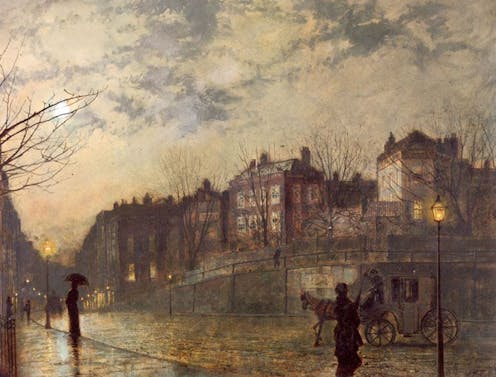Potholes are the motorist’s ultimate bug bear, responsible for an estimated £474 million worth of damage in the UK last year . As insurance companies wade through a further 30% average increase in compensation claims , have the tarmac cracks in our hole-riddled roads become a symbol for all that is wrong with our infrastructure? Although the finger is pointed repeatedly at local councils for deteriorating roads, their condition is not solely a result of neglect. Heavy rain and wildly fluctuating temperatures place untold strain on any pre-existing cracks and crevices.
Finally the matter has come to a head as political parties learn that, for some, it’s not taxes, but potholes that need addressing. Rishi Sunak for example, has realised late in the day, that it is not more low emissions zones that are needed, but pothole repair. Will the £8.

3 billion the Conservative manifesto has pledged for this purpose woo the hearts, wheels and votes of the road-loving population? Either way, it is not a problem that is going to go away. Along with climate, the nature of road usage has fundamentally changed. Online orders and home deliveries are now the preferred shopping choice of many, and the volume and weight of freight-laden vehicles accelerates the wear and tear.
As our roads become a patchwork of filled-in holes, it might be worth remembering how we got the roads we now have. For many of us, cobblestones are synonymous with history. Still a frequent sight in the older quarters .
















